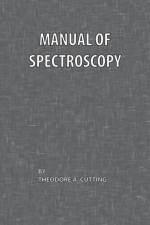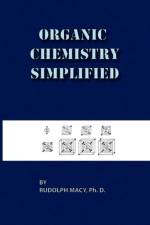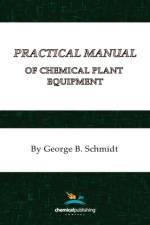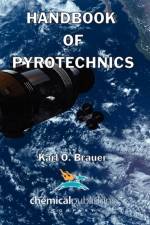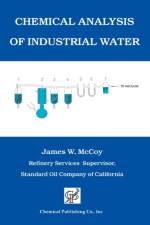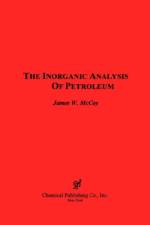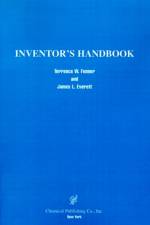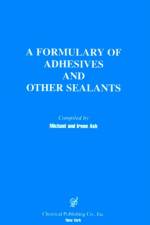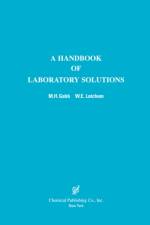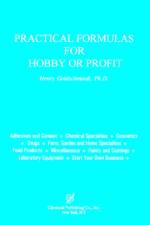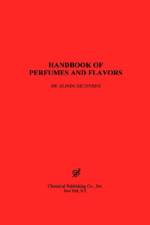av James W. McCoy
1 281
Although many papers have been published describing methods for the inorganic analysis of petroleum no book has previously appeared devoted exclusively to this subject. The purpose of this work is to provide a laboratory handbook for industrial analysts of various degrees of professional training covering the determination of those elements commonly occurring in various types of petroleum products.The procedures represent, from the author's point of view, a reasonable compromise among the usual conflicting interests of speed, accuracy, and cost, and emphasize manufacturing rather than research applications. CONTENTS: Introduction 1. The Inorganic Components of Petroleum 2. Preparation of Samples for Inorganic Analysis: Direct Ashing, Soft Ashing and Wet Oxidation, Direct Wet Oxidation, Fusion with Pyrosulfate, The Oxygen Bomb, The Peroxide Bomb, Sodium Dehalogenation, Extraction Methods, Combustion Methods, Alkaline Sulfide Treatment, Direct Methods, Combustion Tube, Emission Spectrograph, X-rays 3. Aluminum: Colorimetric Determination, Gravimetric Determination 4. Arsenic 5. Barium: Determination in New Lubricating Oils, Determination in Used Lubricating Oils 6. Boron:Colorimetric Determination, Alkalimetric Determination 7. Calcium:Determination in New Lubricating Oils and Additives, Determination in Used Lubricating Oils, Estimation of Smaller Concentrations 8.Chromium 9. Cobalt: Electrolytic Determination, Volumetric Determination 10. Copper: Determination in Gasoline, Determination in Naphthenate Driers, Determination in Distillates, Determination in Used Lubricating Oils 11. The Halogens: Peroxide Bomb Combustion, Sodium Dehalogenation, Extraction Procedures, Wickbold Oxyhydrogen Combustion, Potentiometric Determination of Bromide and Chloride, Colorimetric Determination of Chloride, Volumetric Determination of Fluoride 12. Iron: Determination in Distillates, Determination in Used Lubricating Oils, Determination in Naphthenate Driers, Colorimetric Determination, Volumetric Determination 13. Lead: Determination in Naphthenate Driers, Determination in Light Distillates, Determination in Lubricating Oils 14. Manganese 15. Molybdenum: Determination in New Lubricating Oils, Determination in Used Lubricating Oils 16. Nickel:Determination in Distillates, Gravimetric Determination 17. Nitrogen:Determination of Total Nitrogen by Kjeldahl Method, Determination of Basic Nitrogen, Determination of Quaternary Ammonium Compounds 18.Phosphorus: Decomposition by Ashing in Presence of Zinc Oxide, Colorimetric Methods, Alkalimetric Determination of Phosphorus 19.Selenium: Colorimetric Determination, Volumetric Determination 20.Silicon: Determination in Synthetic Oils, Determination of Silica in Used Lubricating Oils 21. Sodium: Decomposition of Sample by Direct Ashing, Gravimetric Determination, Determination by Flame Photometer 22. Sulfur: Determination by Peroxide Fusion Bomb, Determination by Wickbold Oxyhydrogen Combustion 23. Vanadium: Determination in Distillates, Determination in Fuel Oils, Volumetric Determination 24.Zinc: Determination in Additives and Naphthenate Driers, Determination in New and Used Lubricating Oils, Potentiometric Determination, Gravimetric Determination; Appendix; Wickbold Apparatus for Oxyhydrogen Combustion; Index

